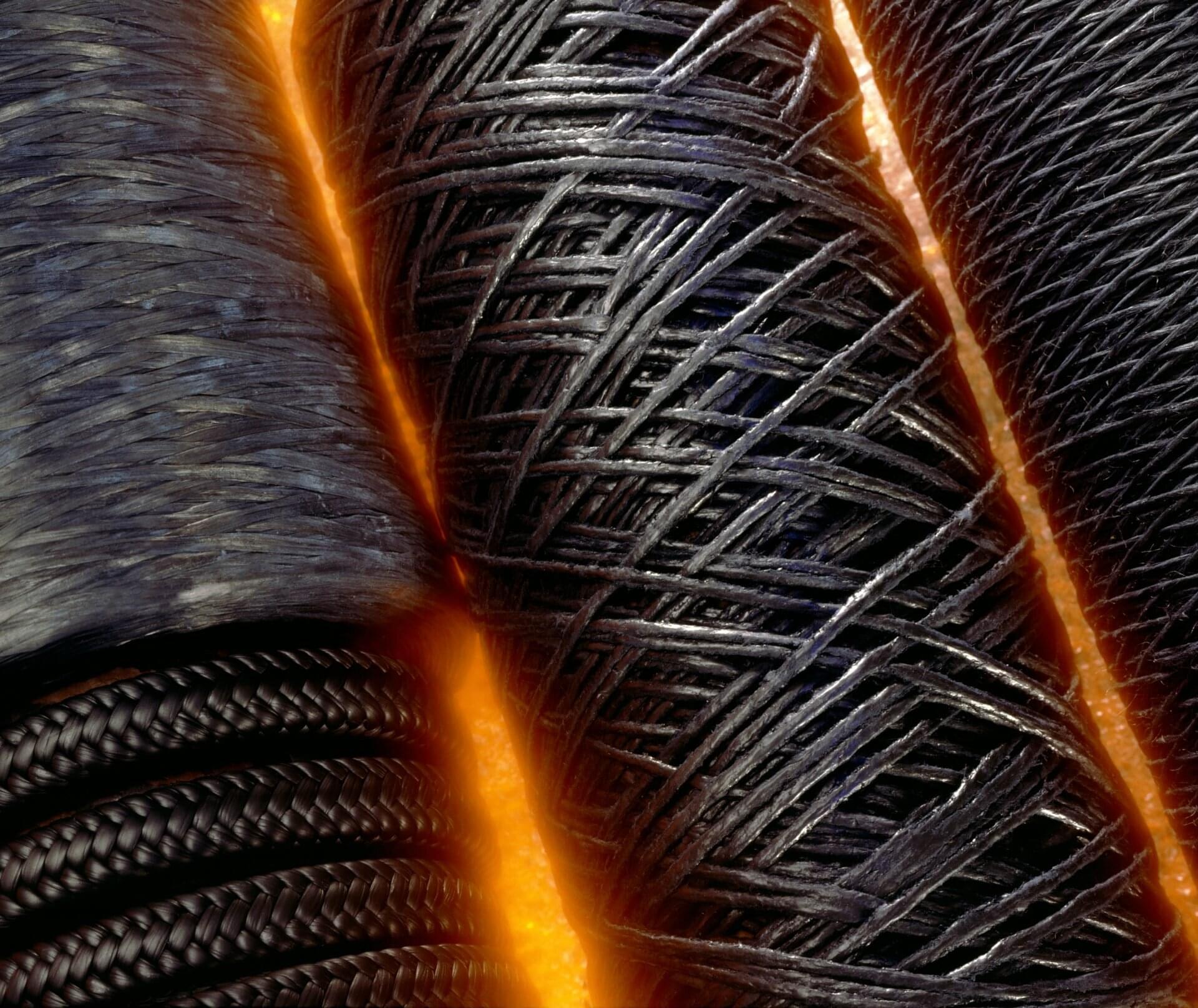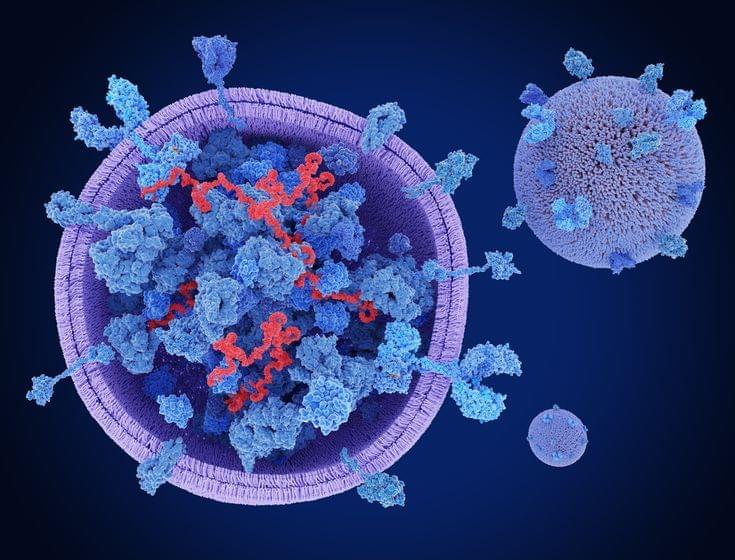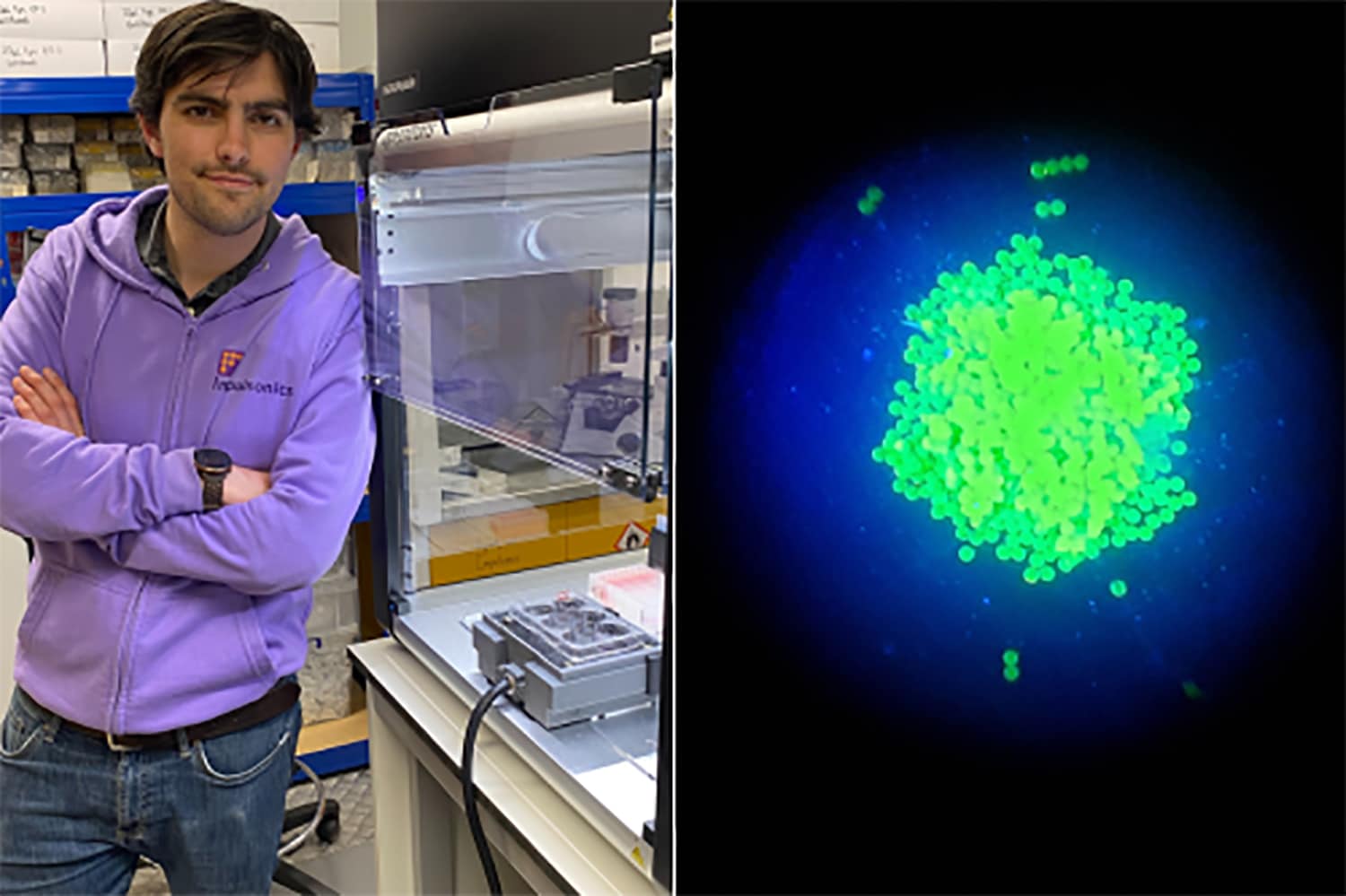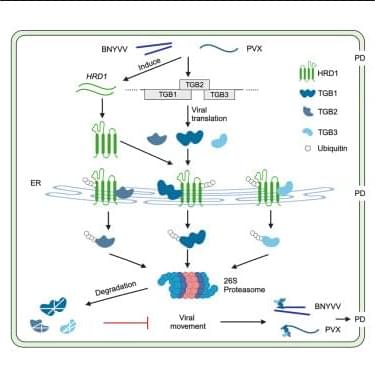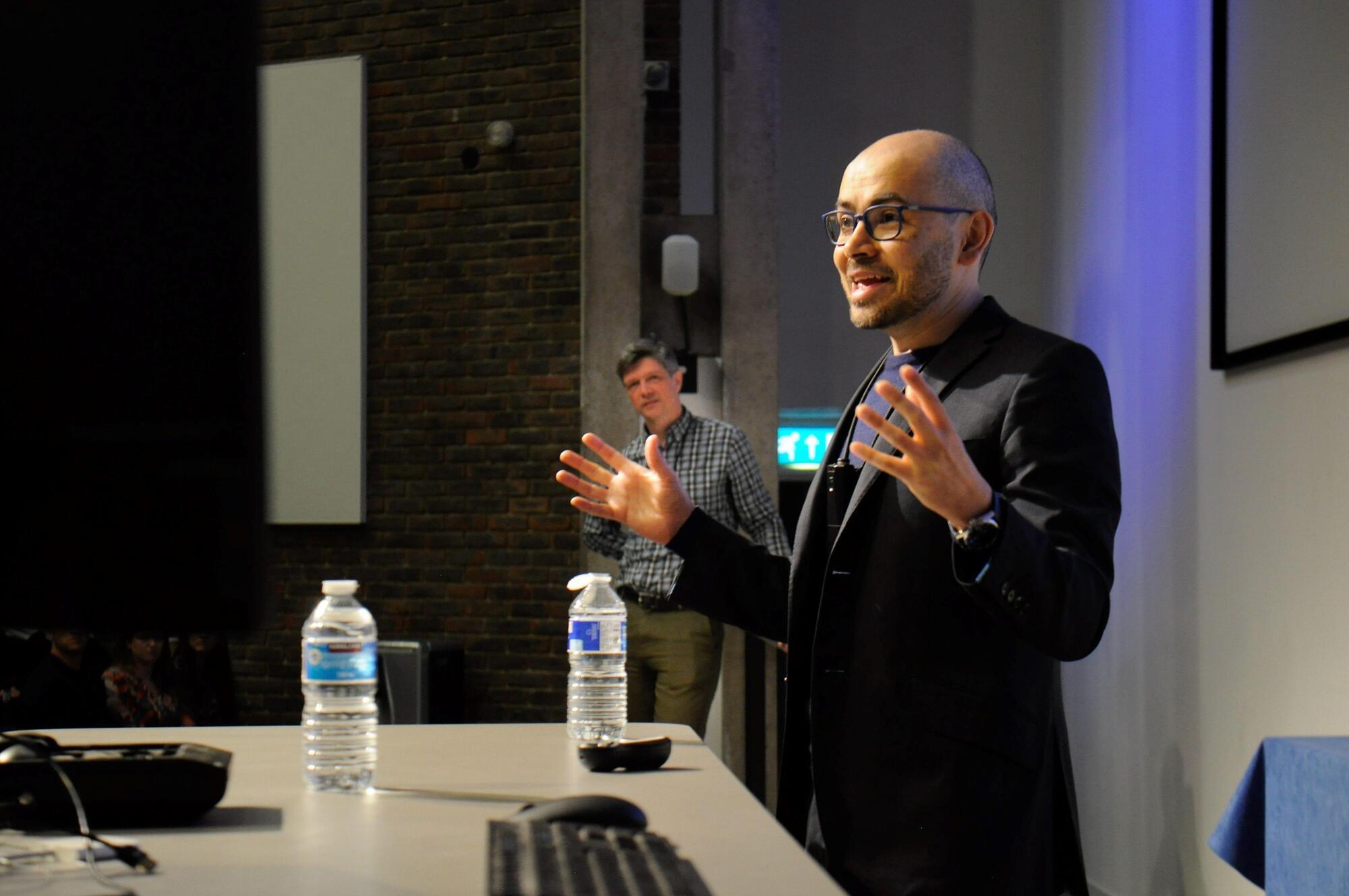A modified manufacturing process for electric vehicle batteries, developed by University of Michigan engineers, could enable high ranges and fast charging in cold weather, solving problems that are turning potential EV buyers away.
“We envision this approach as something that EV battery manufacturers could adopt without major changes to existing factories,” said Neil Dasgupta, U-M associate professor of mechanical engineering and materials science and engineering, and corresponding author of the study published in Joule.
“For the first time, we’ve shown a pathway to simultaneously achieve extreme fast charging at low temperatures, without sacrificing the energy density of the lithium-ion battery.”

